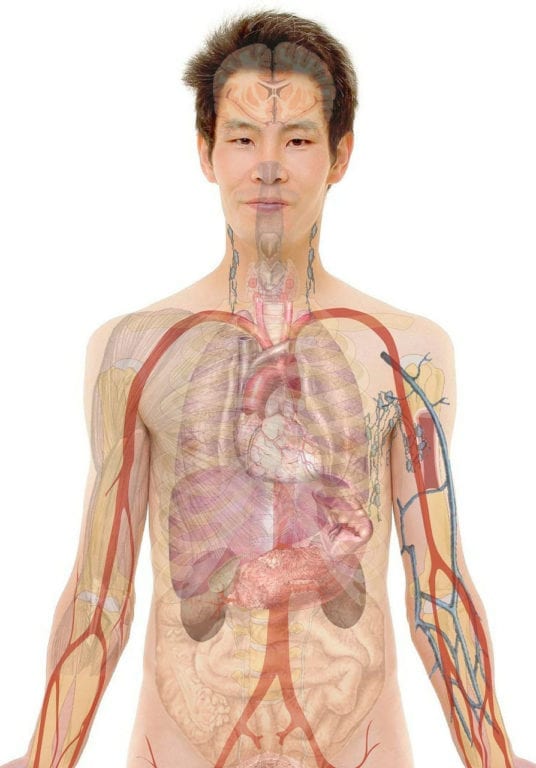Scleroderma, which is chronic hardening and tightening of the skin and connective tissues, can have a huge influence on the body, both mentally and physically.
According to Andrea Peixoto, in an article published on Scleroderma News, scleroderma can affect many body parts, and those must be monitored.
Here are some of the highlights from her article:
1. The level of skin involvement and skin damage should be assessed and observed regularly.
A specialist will obtain a skin score to assess for skin thickening. The skin will be scored from normal (0) to severe (3) with feet, legs, abdomen, chest, face, arms, hands and fingers being assessed. These scores will then be totaled to get the skin score which will inform the physician of the severity of scleroderma on the skin.
2. Scleroderma patients also have a greater chance of kidney disease, called scleroderma renal crisis.
In scleroderma renal crisis, the renal blood vessels constrict, which can cause high blood pressure. So in addition to monitoring the skin, blood pressure should also be monitored.
3. Lung tissue may be affected, so pulmonary function tests should be obtained.
These include spirometry, lung volume and diffuse capacity. Sometimes, it is difficult to determine lung involvement because many scleroderma patients do not have respiratory symptoms.
4. Even though the heart is usually unaffected by scleroderma early on, it is necessary to keep a check on the heart.
In the later stages, scleroderma may lead to scleroderma vascular disease, tissue fibrosis, cardiac disease and myocarditis.
5. The smooth muscle of the gastrointestinal tract may be symptomatic.
This can cause dysfunction of the small bowel, large bowel, stomach and esophagus. he patient may experience difficulty swallowing, heartburn, dyspepsia, delayed emptying of the stomach, early stomach filling, diarrhea, and constipation.
6. Dysfunction of the tear and salivary glands may cause dry eyes and mouth.
7. Joint and muscle pain is also a common complaint with scleroderma patients.
Arthritis may be detected on physical examination, but muscle disease may go unnoticed until weakness occurs.
8. Raynaud’s phenomenon and intolerance to cold are common.
This is generally worse in winter months and finger and toe ulcers may even appear.
Other symptoms such as lack of energy and fatigue are also common. Patients may have sleep issues due to pain, depression, fear, skin itching, shortness of breath, or heartburn. This lack of sleep may exacerbate the symptoms of scleroderma and may cause mood disorders such as depression, low self esteem, and sexual dysfunction. Scleroderma patients may hide these symptoms out of the fear of appearing mentally ill.







